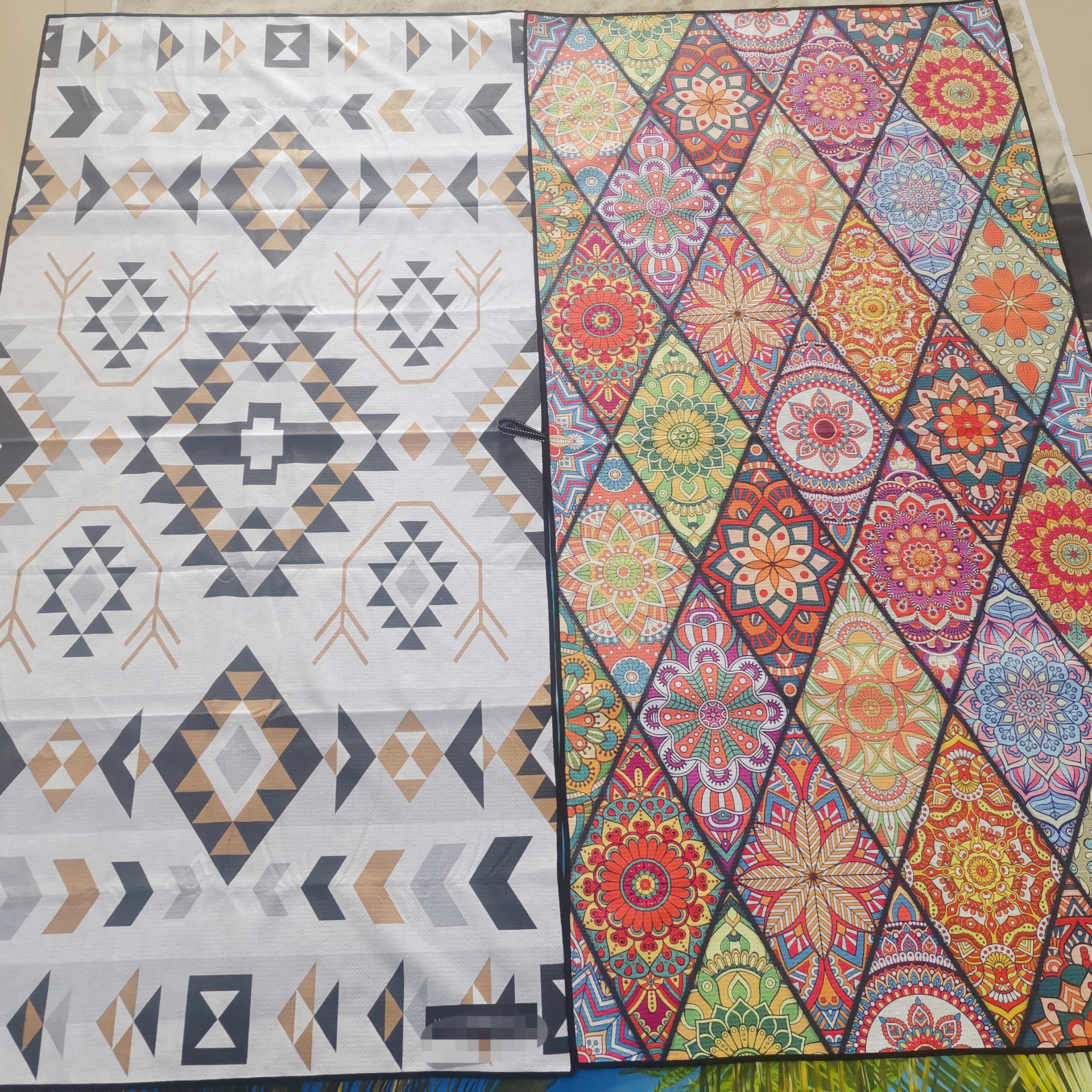Spring wheat field management skills
2025-07-16 03:22:00
Spring wheat field management plays a crucial role in determining the number of ears and grains per ear, making it a critical period for maximizing yield. The main goal during early spring is to promote tillering, maintain strong seedlings, and encourage dense plant growth. At the same time, this season is also vulnerable to various diseases and pests, so effective pest and disease control becomes a top priority.
In early spring, common threats include sheath blight, spider mites, and weeds. Management strategies should focus on protecting and utilizing beneficial organisms while combining agricultural practices with targeted chemical treatments. Here are some key preventive measures:
1. **Wheat Sheath Blight**: When more than 15% of plants show symptoms, apply 1 capsule + 5% gangokinemycin (100–150 ml) or 20% fennel emulsion (50 ml) mixed with 30 kg of water. Repeat the treatment every 10–15 days.
2. **Wheat Aphids**: Monitor the ratio of beneficial insects to wheat stubble. If it exceeds 1:100 per hundred samples, and alfalfa density is over 500, take action to control aphid populations.
3. **Wheat Spiders**: These pests tend to hide near the roots during the day. Watering after 9 PM can help drown them. If more than 200 spiders are found per 33 cm double line, use 1,000–1,500 times diluted quick spray, applying it every 7 days to eliminate them completely.
4. **Wheat Midge**: This pest lives in the soil and damages wheat ears. In late April, apply 50% phoxim or 40% methyl isothioate at 250 grams per mu to achieve a 90% control rate.
5. **Rust and Powdery Mildew**: In areas with severe outbreaks, timely application of 15% triadimefon (50–75 g/mu) mixed with 10–12 kg of water is essential. If spraying is delayed, increase the dose to 70–100 g/mu.
6. **Preventing Cold Damage**: With frequent late spring frosts, applying Chunyu No. 1 plant cell activator can enhance protoplasm flow and cell membrane permeability, improving cold resistance. This helps reduce frost damage and speeds up the recovery of yellow leaves to green, promoting healthy growth and higher yields.
In addition to these, attention should be given to managing wheat yellow dwarf virus, bushy dwarf virus, leaf beetles, and underground pests. Effective monitoring and timely intervention are essential for maintaining a healthy and productive wheat crop.
(Author: Senior Agronomist Ban Yimin)
We are the factory directly supplier for 100% Microfiber Beach Towel, colorful Microfiber Beach Towel, square Beach Towel, Waterproof dry robe, beach surf robe, windproof Change Robe. We are professional supplier who support customized design printing and logo.
We have certificate of OEKO, CE, SGS, GRS.


100% Microfiber Beach Towel,Colorful Microfiber Beach Towel,Square Beach Towel,Square Beach Towel For Sale
Suzhou Golden Gamrnet MFG Co.,Ltd , https://www.svchangerobe.com